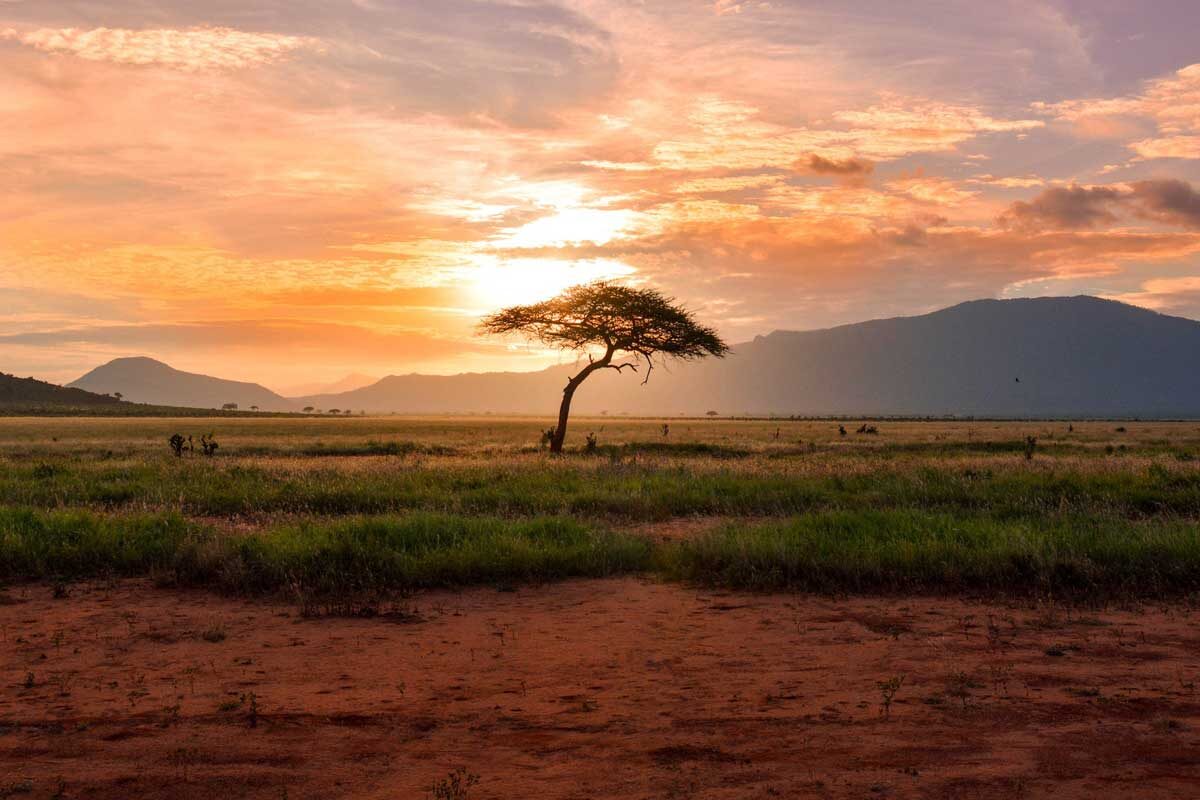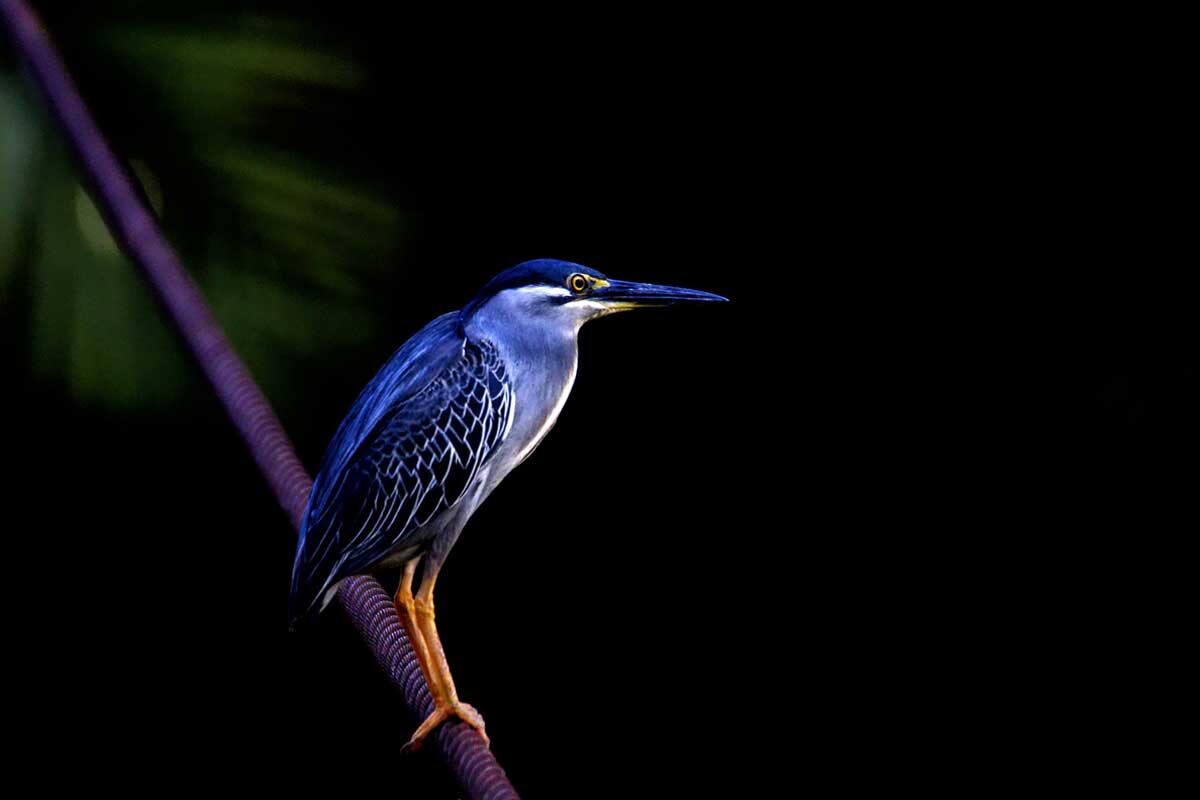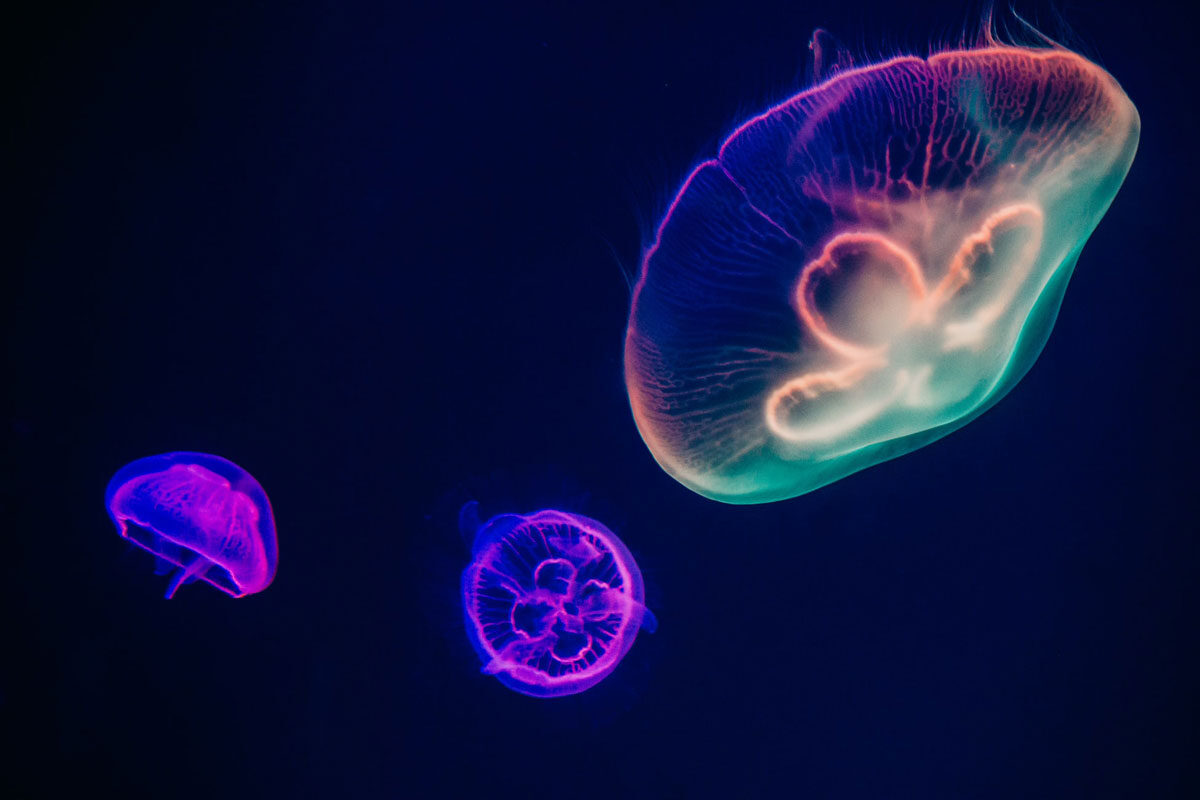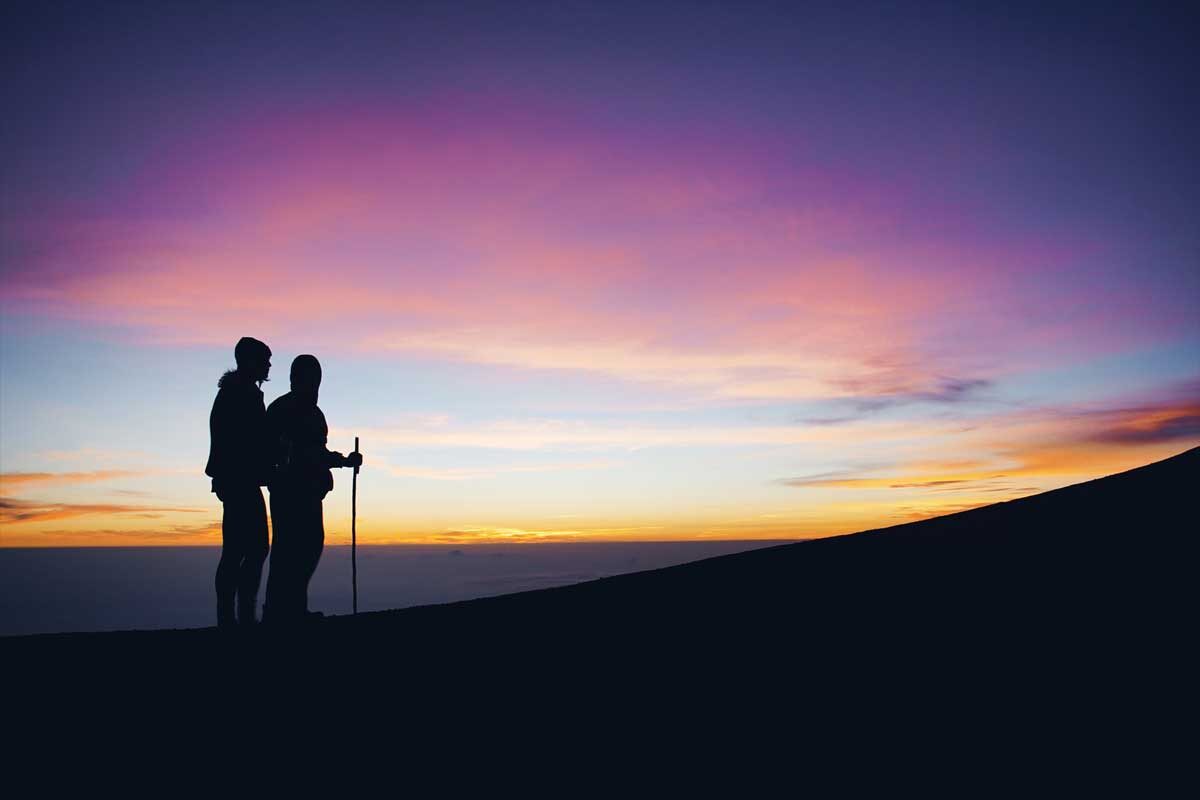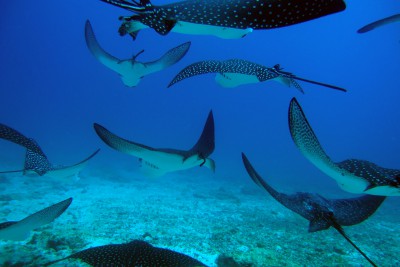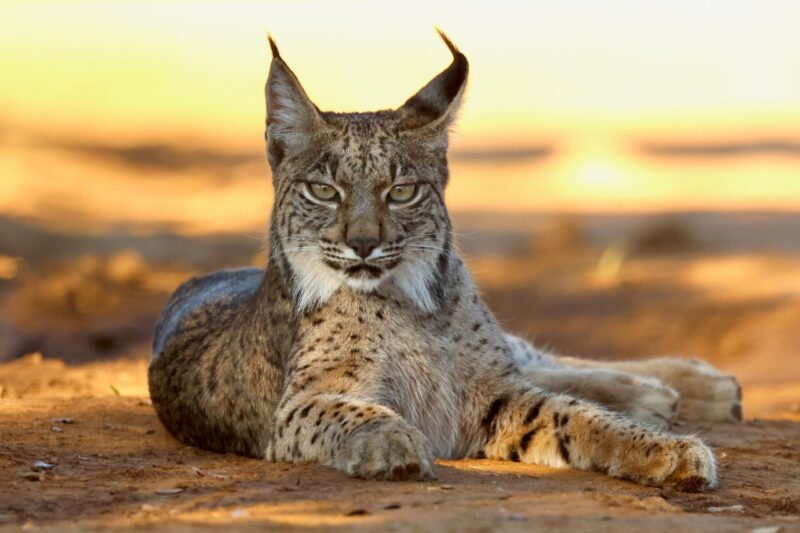Stretching east of the Andes, the vast Amazon rainforest spans 6.7 million square kilometres and comprises 40% of the whole South American continent. It includes parts of eight countries (Peru, Brazil, Ecuador, Colombia, Bolivia, Venezuela, Guyana and Suriname), an overseas territory (French Guiana), and houses at least 10% of the world’s known biodiversity.
This includes over two million insect species, 40,000 plant species, 16,000 tree species, 3,000 fish species, 1,300 bird species, 430+ mammals, 400+ reptiles, and 1,000+ amphibians. It is drained by the Amazon River, the world’s largest river by discharge, and the second longest in the world flowing from the Peruvian Andes to Brazil’s Atlantic coast. It is also home to 30 million people including 350 indigenous and ethnic groups.
Such numbers can be daunting and, even with so much biodiversity, wildlife spotting within the Amazon rainforest can be a challenge. There is also a huge variation in weather patterns within the region, but help is at hand with Reef and Rainforest’s expert guide to some of the best locations to spot wildlife in the Amazon rainforest (scroll to the end to see our quick guide for each month of the year).
Peru Amazon Rainforest
Peru has three principal rainforest regions – Manu and Tambopata in south-eastern Peru, and Iquitos in north-eastern Peru.
There are three vegetation zones within the Manu Biosphere Reserve: lowland rainforest, mid-range cloud forest and the high Andean puna, all with their own distinctive plant and animal life. This makes the overland journey from Cusco in the Andes to the Manu lowlands, one of the most complete Amazon experiences available. The reserve contains around 1,000 bird species including the Andean cock of the rock in the cloud forest, 28 parrots, many of whom can be seen eating clay on the Tambo Blanquillo clay lick, giant river otters, 13 species of monkey including the rare woolly monkey, Andean tapir visiting a clay lick, and cats such as ocelot and jaguar among the approximately 200 mammal species found here. A minimum stay of seven days is recommended to travel from Cusco with stays in the cloud forest (Cock of the Rock Lodge), at least one or two different lodges (Manu Wildlife Centre) and possibly even a tented camp, and ending in the frontier town of Puerto Maldonado. The best time to visit here is the dry season which lasts from May until October.
The gateway to the Tambopata National Reserve is the frontier town of Puerto Maldonado which is serviced by daily scheduled jet flights from Lima and Cusco. This 6.78 millon-acre Reserve, a diverse mix of foothill and lowland rainforest, oxbow lakes, and palm forests, contains a wealth of plants, insects (1,200 species of butterflies) and animals (632 species of birds and 169 species of mammals), and the world’s largest macaw clay lick at Tambopata Research Centre. For a ‘taste’ of the Amazon rainforest there are a number of lodges within a short boat ride from Puerto Maldonado which can be visited during a two night stay including Sandoval Lake Lodge, Inkaterra Reserva Amazonica, and Posada Amazonas. To visit the world’s largest macaw clay lick at least a four night stay is recommended, staying at Refugio Amazonas and Tambopata Research Centre. The best time to visit here is the dry season which lasts from May to October.
The port city of Iquitos lies on the banks of the Amazon River and is the gateway to Peru’s northern Amazon rainforest. Although there are a number of lodges in the area, the best way to explore is on a minimum five day live aboard cruise into the Pacaya-Samiria National Reserve, one of the largest protected flooded forests in the world. The reserve has a great diversity of wildlife both above and below the water, including the Peruvian red uakari monkey, and Amazonian (pink) river dolphin. To explore the Reserve when it is flooded visit during the rainy season, where the high water season lasts from December to May. The low water season is from June to November when the Reserve can be explored on foot and there is less rain.
Ecuador Amazon Rainforest
The gateway to the Ecuadorian part of Amazonia, known locally as the Oriente, is the town of Francisco, de Orellana, or Coca for short! The town is served by a regular jet service from the Andean capital city of Quito, just 30 minutes flying time away. From here there are a number of Amazon rainforest lodges that can be visited, most of which are dotted along the banks of the Napo River close to Yasuni National Park, the largest national park in Ecuador. Two of our favourites in the area are Napo Wildlife Centre, on the south bank of the Napo River, and Sacha Lodge on the north bank, where a minimum stay of three nights at either lodge is recommended. Fauna at Napo Wildlife Centre includes the golden-mantled tamarin which can only be seen on the south bank of the river, giant otters, and two clay licks which attract large numbers of parrots and parakeets. A highlight at Sacha Lodge is a 940 foot long canopy walkway suspended 95 feet above the ground. The wettest months here are April through July, whilst it is driest in December.
Brazil Amazon Rainforest
The Amazon rainforest covers over 50% of Brazil’s national area, encompassing nine states, and the mighty Amazon River which flows west to east into the Atlantic at Belem. At the northern Amazon city of Manaus the Amazon River can be seen in all its glory, as the light coloured water of the Amazon and the dark water of the Negro rivers flow side by side for miles without mixing. There are a few rainforest lodges that are reachable by boat from Manaus, but in general there is not a great deal of fauna to be seen from these lodges, though there are some good locations where Amazonian river dolphins can be seen. A live-aboard river boat, such as the M/Y Tucano, enables a more in depth exploration of Negro River during a seven day cruise. The rainy season tends to run from late January to early May.
In our opinion the best wildlife lodges in the Brazilian Amazon are the community-run Uakari Lodge in the northern Amazon, and Cristalino Lodge in the Southern Amazon. A minimum stay of at least three nights is recommended at either of these lodges.
Uakari Lodge is reached by a 1 hour jet service to the Amazon town of Tefe, and a boat ride into the Mamiraua Sustainable Development Reserve. This is the largest protected area of flooded forest in the Amazon, with the high water season from April to July. The headline species here is the spectacular white uakari, whilst other fauna includes impressively large black and smaller spectacled caimans, Amazonian river dolphins, and the grey tucuxi dolphins.
The town of Alta Floresta is the gateway to the southern Amazon rainforest where it is a short drive and boat trip to the family-owned Cristalino Lodge. The lodge’s private reserve of primary rainforest is an internationally recognised prime area for birding and wildlife spotting, with a bird list of 600+ species, and a number of primates including the locally-endemic white-whiskered spider monkey. The best months to visit tend to be during the dry season from May to October.
Colombia Amazon Rainforest
The Amazon rainforest region of Colombia covers a little over a third of the national territory. The town of Leticia, around two hours from Bogota by plane, is located on the banks of the Amazon where Brazil, Peru and Colombia meet and is the gateway to this region. One of our favourite lodges is Calanoa Lodge which is situated on the banks of the Amazon River and the edge of Amacayacu National Park. Up to eight species of primate can be seen here, including the vulnerable Humboldt’s woolly monkey, monk saki, and yellow-handed titi monkey, pink and grey dolphins, and a variety of birdlife including wattled currasow. January to May and October to December are the months of highest rainfall here.
Guyana Amazon Rainforest
Over 87% of the country is covered in forest making Guyana one of the most heavily forested countries in South America. It is little-visited, but has a great diversity of fauna, and a friendly, English-speaking population. Although wildlife is often difficult to view due to the pristine environment, Guyana boasts a huge number of bird and mammal species, including a healthy population of jaguars. Iwokrama River Lodge holds world records for the number of bat and freshwater fish species recorded and is home to the arapaima – the world’s largest species of freshwater fish. Bird species recorded include 5 species of macaw and 24 species of hummingbird, and a mammal list that includes 8 species of primate. Guyana’s wettest months are January, May, June, July, and December.
Bolivia Amazon Rainforest
About a third of land-locked Bolivia lies in the Amazon Basin, more than 1,000 kilometres from the mighty Amazon River. Some of the most accessible rainforest is reached by a 45 minute scheduled flight from La Paz to the riverside port of Rurrenabaque. From here it is a boat trip into Madidi National Park which encompasses 5,800 metres glaciers to the west, rainforest in the east, pampas in the north, and large expanses of cloud forest and temperate forest in between. It is these varied habitats which make Madidi one of the most biodiverse areas on the planet, with 1,370 species of vertebrates, including 156 mammal and 867 species of birds. The community-owned and operated Chalalan Ecolodge provides a comfortable base to explore the rainforests of the National Park. The dry season is from May to October.
Amazon Rainforest Destinations By Month
Covering such a wide area of different climatic zones the Amazon rainforest can be visited at any time of the year. Here is our quick guide to where to visit the Amazon rainforest for each month:
January: Peru (flooded rainforest), Ecuador
February: Peru (flooded rainforest), Ecuador, Guyana
March: Peru (flooded rainforest), Ecuador, Guyana
April: Peru (flooded rainforest), Guyana
May: Peru, Brazil, Bolivia
June: Peru, Brazil, Colombia, Bolivia
July: Peru, Brazil, Colombia, Bolivia
August: Peru, Ecuador, Brazil, Colombia, Guyana, Bolivia
September: Peru, Ecuador, Brazil, Colombia, Guyana, Bolivia
October: Peru, Ecuador, Brazil, Guyana, Bolivia
November: Ecuador, Guyana
December: Peru (flooded rainforest), Ecuador
PLEASE NOTE: The above should hopefully provide some assistance when deciding where to visit in the Amazon Basin and when. However, it is by no means an exhaustive guide, and with the increasing unpredictably of world-weather the climate data should not be 100% relied upon. Please contact us to speak with one of our experts who will be pleased to guide you through all of the options and provide specialist advice based on over 30 years’ experience of arranging wildlife tours to the Amazon rainforest.
